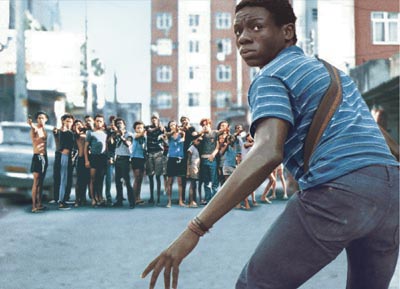So often in the portrayal or in the education of World War II, we have a depiction of good and evil. America tends to be heroic and Japan is the faceless, ruthless band of inhuman kamikazes. Even the Germans have a face in the form of Hitler, and they have human qualities, however insane and despicable. “Letters From Iwo Jima” turns the table, highlighting the Japanese, and demonstrating that we are all human in war.
The movie begins several months before the battle as the army is preparing for the Americans to land. From this point, we most closely follow the lives of General Kuribayashi (Ken Watanabe), a new and unconventional commander on the battlefield, and Saigo (Kazunari Ninomiya), a baker who has no interest of fighting this war. Our original perception of them is crucial to the emotional development of the rest of the film, for they are the ones that differ from the stereotype Americans hold of the Japs during the war.
When Kuribayashi first lands on the island, he drastically alters the standard battle plan, removing trenches on the beach and starting construction of tunnels in the hills. Although both he and his associates have no faith in success, his plan is to survive over a quick, honorable death. At first, I almost agreed with the conventional plan of attack. If it’s an honor to die for the country, and there is no chance of success, why prolong the suffering? Kuribayashi says in a powerful moment, “If our children can live safely for one more day, it would be worth the one more day that we defend this island.” I was sold from that point on. Continue reading “Letters from Iwo Jima”








